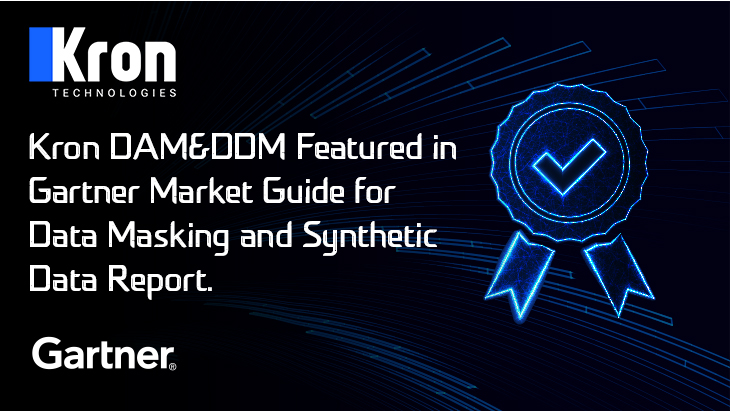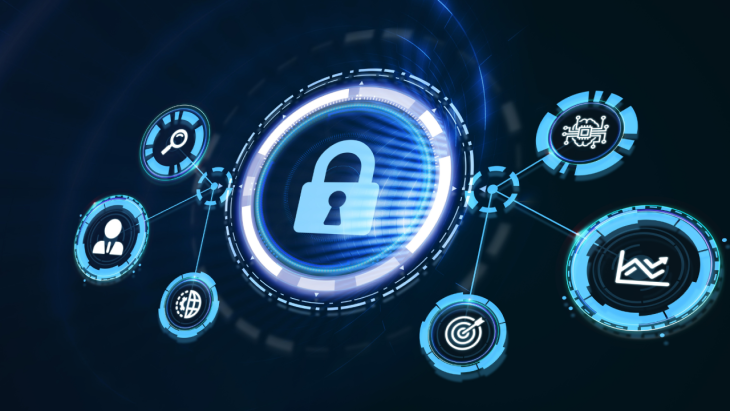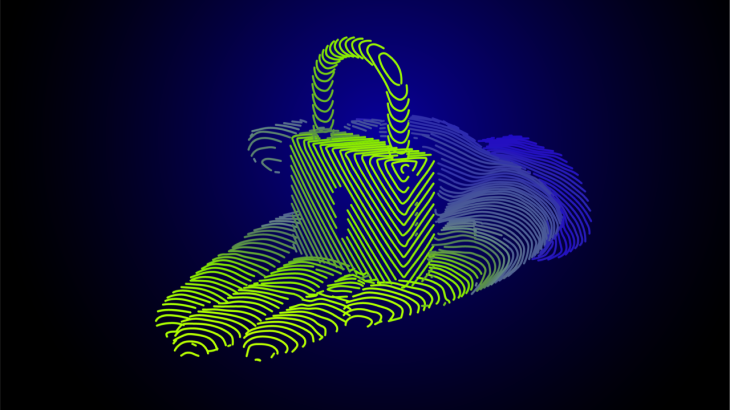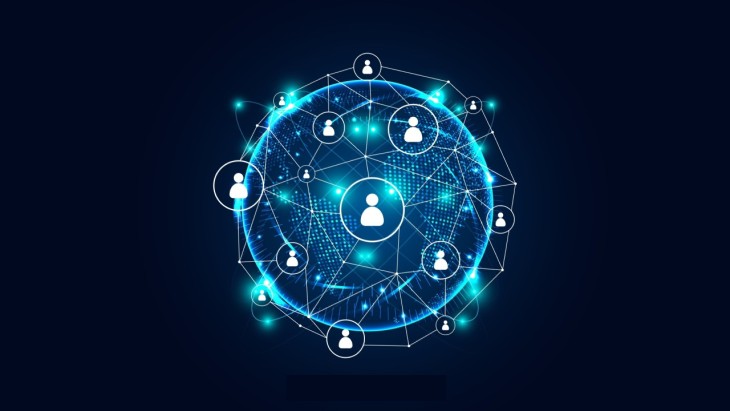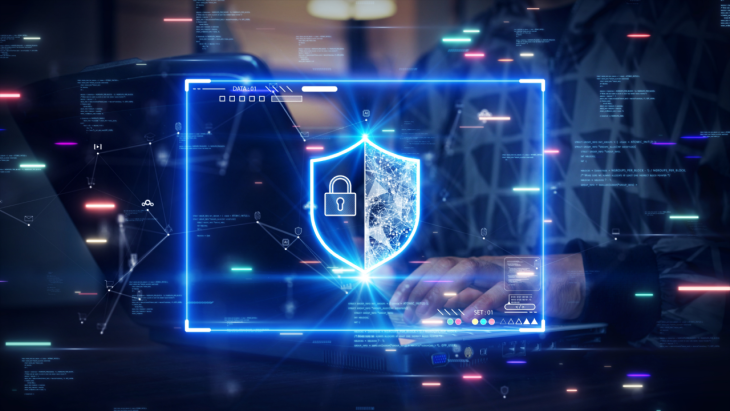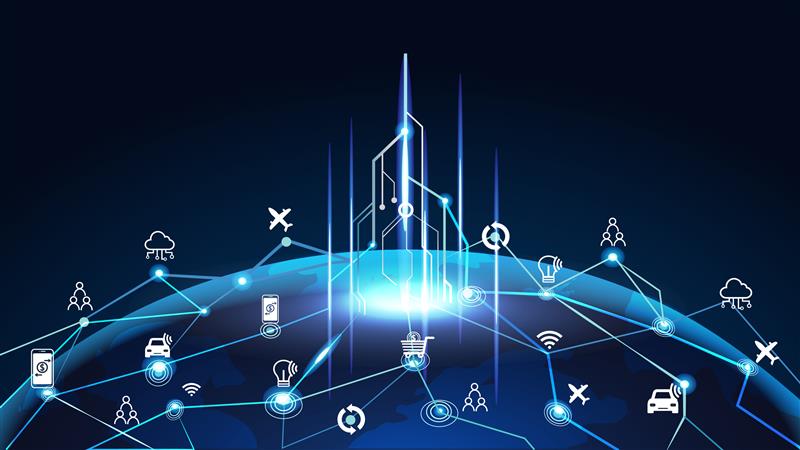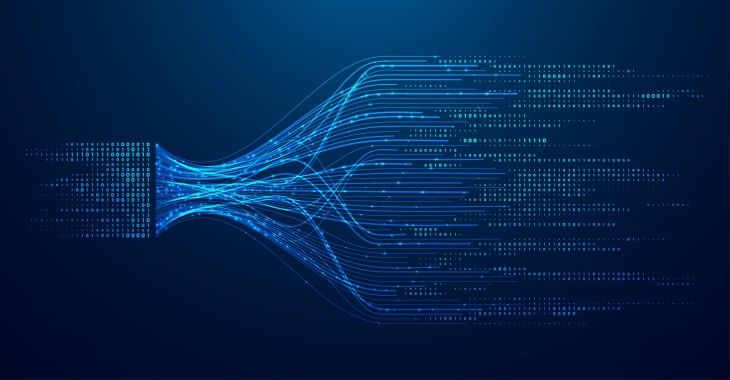
What is Endpoint Privilege Management (EPM) and Why Do Enterprises Need It?
In today's cybersecurity landscape, organizations face a growing number of threats targeting endpoint devices such as desktops, laptops, and servers. These endpoints are often the weakest link in an enterprise’s security posture, making them prime targets for cybercriminals. One of the most effective ways to mitigate these risks is through Endpoint Privilege Management (EPM).
What is EPM?
Endpoint Privilege Management (EPM) is a security solution designed to enforce the principle of least privilege (PoLP) on endpoint devices. By controlling and restricting administrative access, EPM helps minimize the risk of unauthorized or malicious activities. It allows organizations to:
- Limit Privileges: Grant users only the necessary permissions required to perform their tasks.
- Control Application Execution: Manage which applications can run on endpoints and under what conditions.
- Reduce Attack Surface: Prevent malware and attackers from gaining elevated access to systems.
Why Do Enterprises Need EPM?
Modern enterprises operate in a threat-rich environment, where traditional security approaches are no longer sufficient. Attackers are increasingly leveraging privileged accounts to move laterally across networks, steal sensitive data, or deploy ransomware. Here’s why organizations should implement EPM:
- Mitigating Insider and External Threats
Employees, contractors, and even compromised accounts can be exploited to execute unauthorized commands or install malicious software. EPM ensures that users operate with only the privileges they need, preventing unnecessary administrative access. - Blocking Malware and Ransomware
Many cyberattacks, including ransomware, require elevated privileges to execute. EPM solutions, like Kron's Endpoint Management Agent, can prevent unauthorized processes from running by applying policies based on application reputation, certificates, or hash values. - Ensuring Compliance and Audit Readiness
Regulatory standards such as ISO 27001, NIST, and GDPR require strict control over privileged access. EPM provides detailed audit logs of user activities, ensuring compliance with security policies. - Reducing IT Support Costs
Many helpdesk requests involve users needing admin rights for software installations or configurations. With EPM, organizations can implement just-in-time elevation, allowing users to request temporary administrative access without granting full-time admin rights.
Common Challenges Without EPM
Organizations that lack an EPM solution often encounter several security and operational challenges:
- Excessive Privileges: Users often have admin rights by default, increasing the risk of accidental or intentional misuse.
- Shadow IT Risks: Employees install unauthorized software, leading to potential security vulnerabilities.
- Privilege Escalation Attacks: Attackers exploit vulnerabilities to gain higher privileges and move through networks undetected.
- Inconsistent Policy Enforcement: Manual privilege management can lead to gaps in security enforcement, leaving some endpoints vulnerable.
How Kron PAM’s EPM Solution Addresses These Challenges
Kron PAM provides a comprehensive Endpoint Privilege Management (EPM) solution that helps enterprises enforce security policies while maintaining operational flexibility. Some of the Key features include:
- Application Control: Block, allow, or elevate applications based on their name, hash, version, certificate, vendor, or path.
- Just-in-Time Privilege Elevation: Users can request temporary admin rights with managerial approval or multi-factor authentication (MFA) to perform necessary tasks without permanent privileges.
- Automated Reputation Checks: Integrated with VirusTotal, Kron PAM can classify applications as Malicious, Suspicious, or Undetected based on real-time threat intelligence.
- Granular Policy Enforcement: Define and enforce different privilege policies for specific users, groups, or devices with advanced policy controls.
- Local Administrator Control: Grant temporary local admin rights with an automatic expiration mechanism, ensuring privileges are not misused.
- Comprehensive Logging and Auditing: Record all user authentication attempts, session activities, and privilege escalations to meet compliance requirements.
By implementing Kron PAM’s EPM, enterprises can secure their endpoints, prevent privilege misuse, and strengthen their overall cybersecurity posture.
In the next part of this series, we’ll explore how EPM solutions work, and the essential components enterprises should consider when choosing an EPM solution.
*Written by Hasan Onur Karaca. He is an associate director of product management at Kron.
Highlights
Other Blogs

Understanding Role-Based Access Control (RBAC): Benefits, Examples and Implementation
